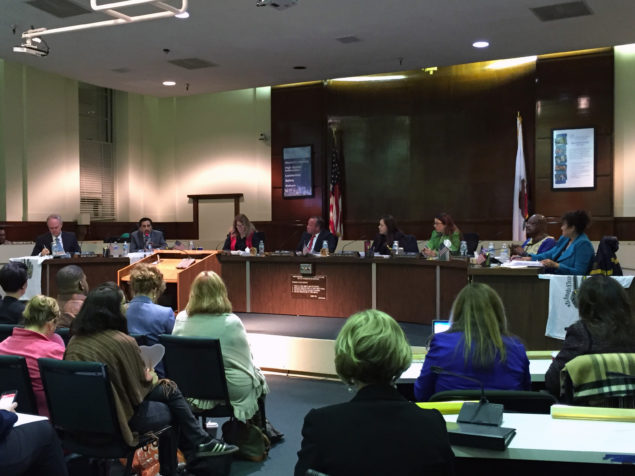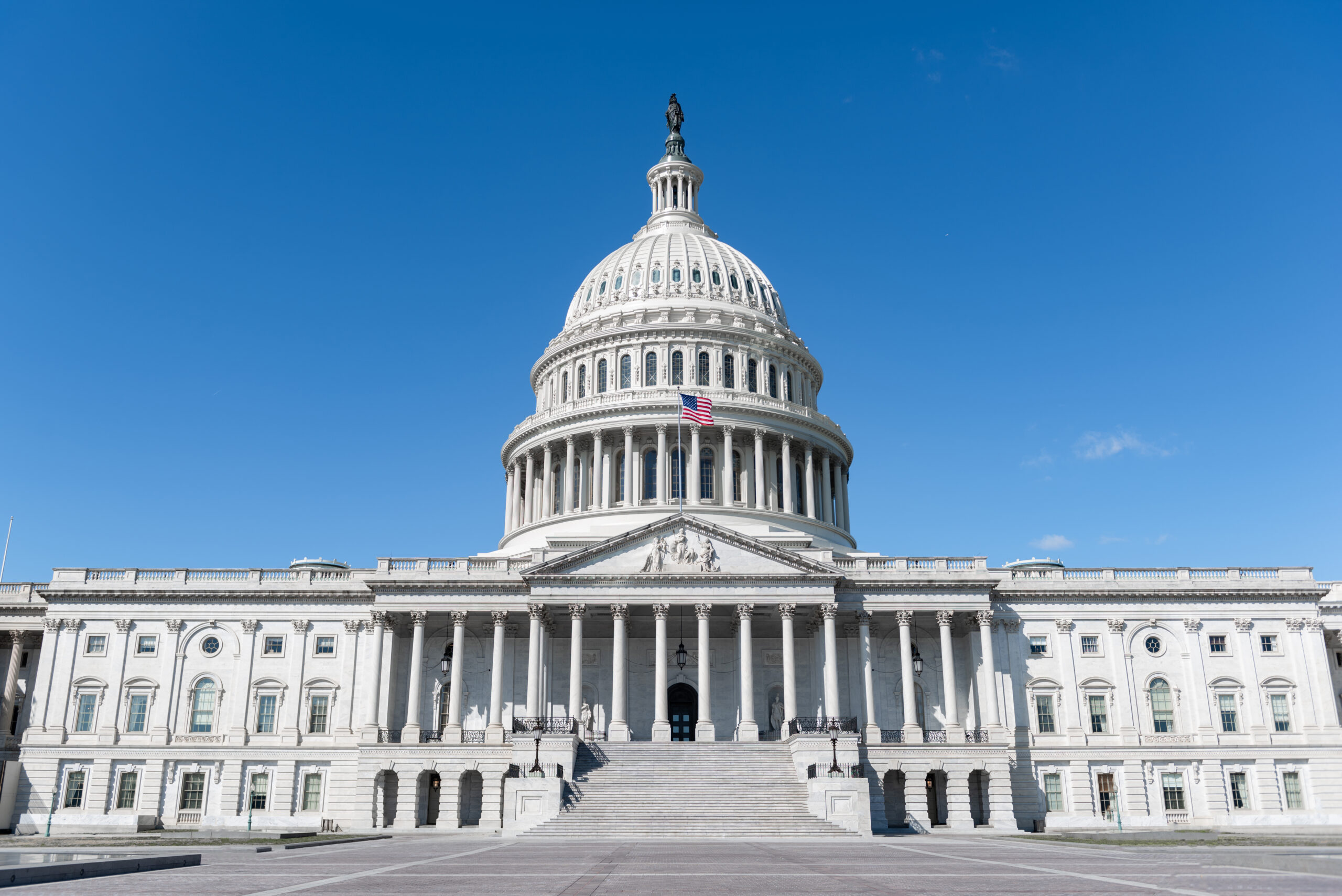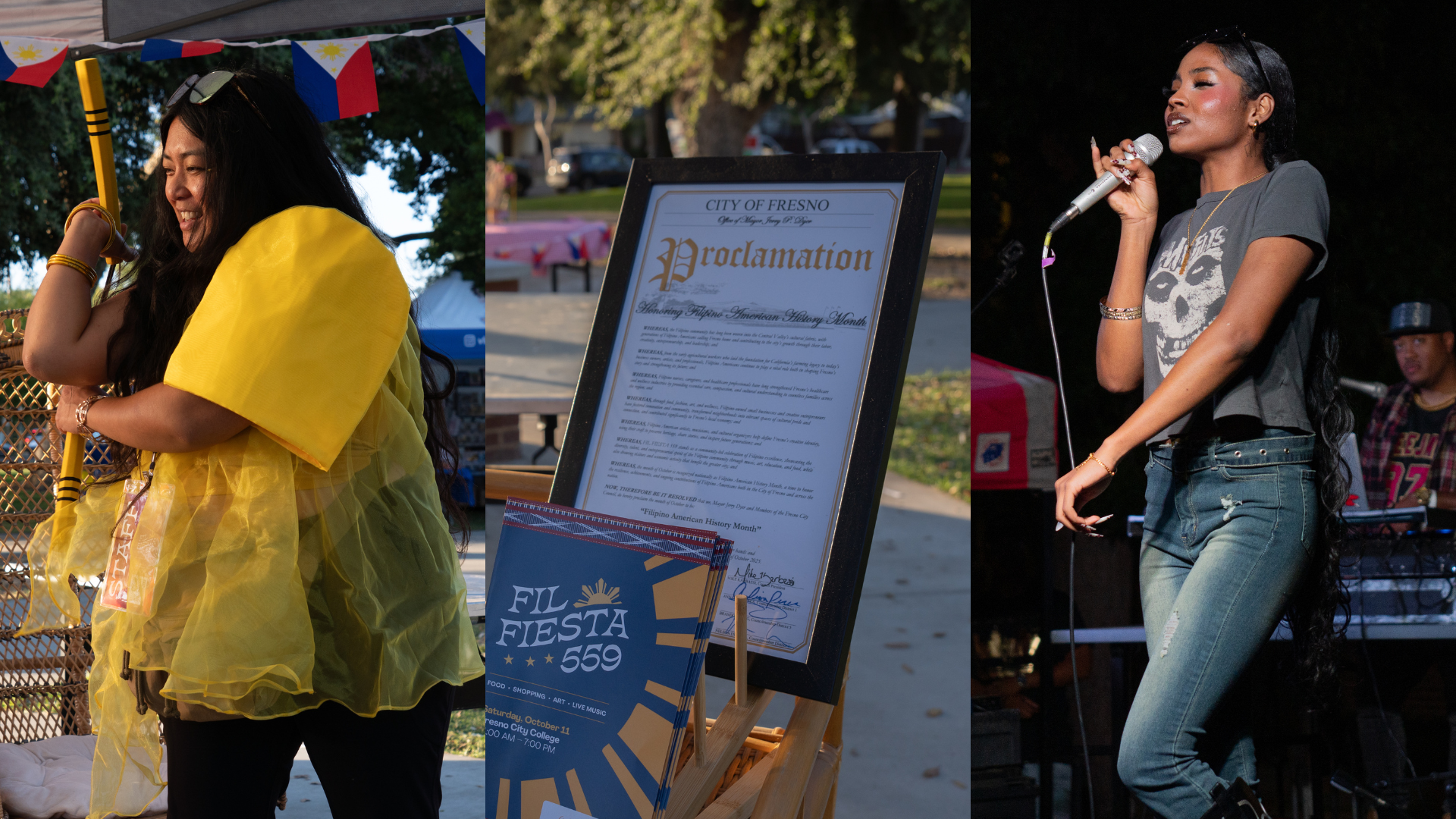
“We want our children to feel safe!” said Stacy Williams, a community resident who joined the capacity crowd for the Feb. 8 meeting. “When they’re stressed about their parents, when they’re stressed about their friends we need to come together as a school district and adopt a strong safe haven resolution to address that.”
As she spoke, dozens more crowded the halls outside the meeting to voice similar concerns.
More than 600 people were detained by federal Immigration and Customs Enforcement (ICE) agents last week, though it is unclear whether the raids are a continuation of Obama-era policies or a ramping up under the Trump administration.
Advocates for a safe haven resolution look to prevent ICE and other agencies from potentially accessing school sites and school site information in order to deport undocumented residents. Many believe that not adopting a strong safe haven resolution would be detrimental to the many students and families now in fear of potential deportation.
The school board is scheduled to vote on the matter as early as March, but supporters are wasting no time in making their voice heard.
FUSD is the 4th largest school district in the California and many are hopeful that a step by the school district in this direction will serve as a signal to other districts who are also considering adopting a safe haven resolution. Around 24 other school districts have already adopted similar resolutions to prevent students and parents from being questioned, scrutinized or discriminated against for their perceived documented status.
Around half of all California children have immigrant parents and the sizeable immigrant population in Fresno makes the threat of separated families a real concern for many.
Also on the table for school board consideration was a proposal for six new school based health centers. These health centers would provide health services to students at Addams, Bakman, Duncan, Sequoia, Sunnyside and Tehipite schools.
Health services would not just be limited to the students, however. Community residents near these sites would also be able to access the services provided there.
Experts say the decision to make services available to the wider makes financial sense because it will allow for more reimbursements via insurance companies, Medi-Cal and Medicare, making the sites more financially sustainable.
Valley Children’s Hospital is providing the capital support to make these school based health centers a reality. Last year, 37,599 children within a 3-mile radius of the sites were treated by Valley Children’s. Valley Children’s has stated that the plan is a way to address the need for services that exist for families and children in the proposed area.
Clinica Sierra Vista, meanwhile, will provide the staffing and clinical support for the proposed sites. FUSD will provide a nurse for the six new health centers, something the district is already doing, although there are concerns it may not have the staffing to continue to do so.
FUSD is currently stretched thin when it comes to nurses. Currently, only 43 nurses provide services to a student population of around 73,000. That number is expected to fall to only 32 nurses next year.
Additional concerns that have arisen include the lack of new services being offered to West Fresno. West Fresno is already a historically underserved community and the lack of future investment in the area may further exacerbate health disparities in that part of the district.
Trustee Carol Mills has asked for Clinica Sierra Vista and Valley Children’s to return in 90 days with recommendations for more sites. Cinica has stated that new sites are not out of the question and can be considered.
The plan, which has been approved by the school board, is scheduled to commence operations in 2018.



